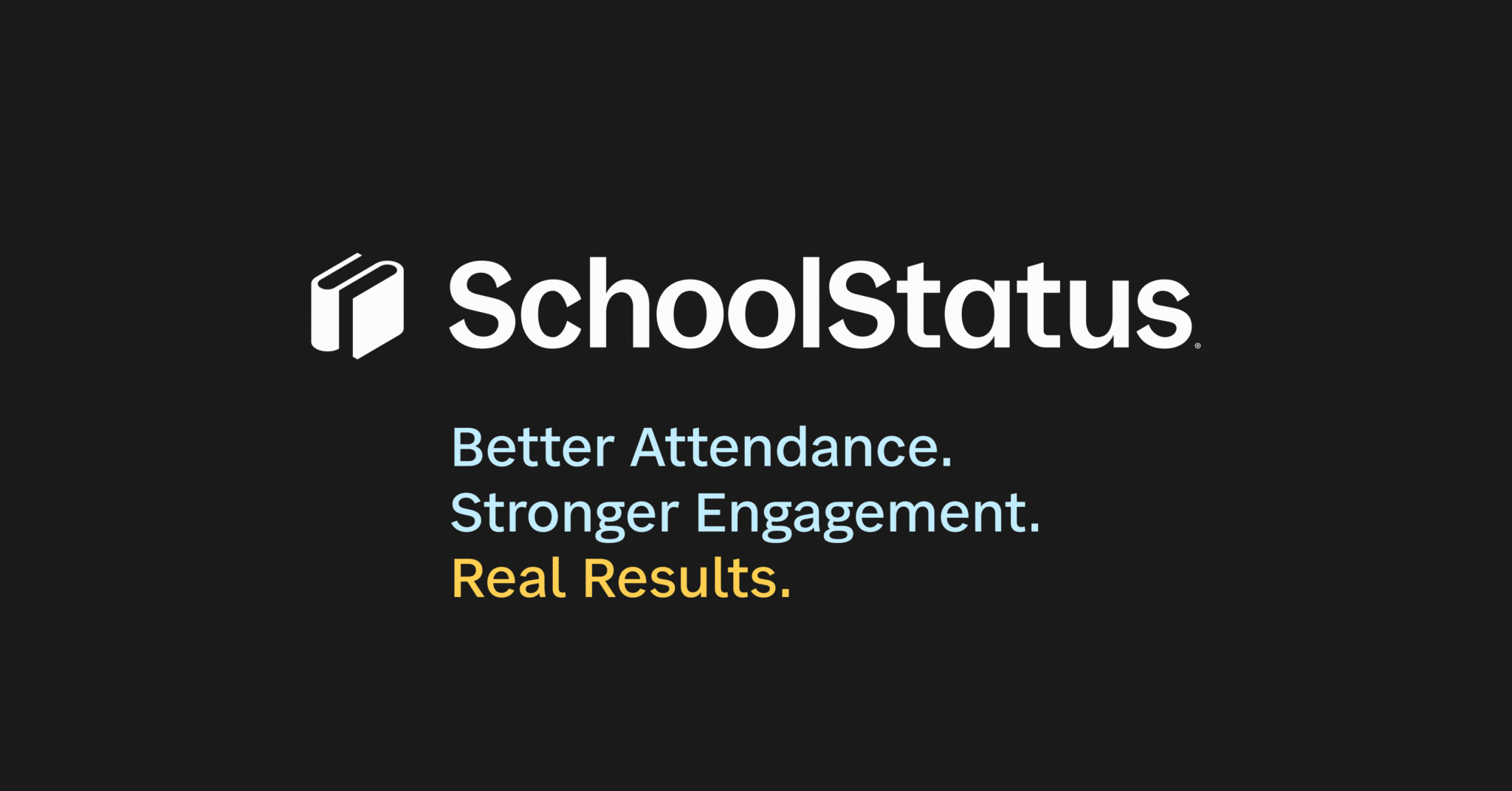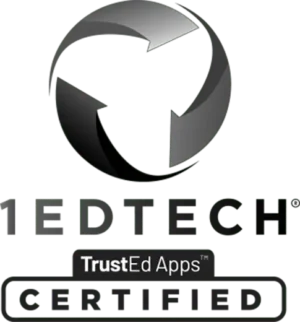
Not everyone is a go-getter when it comes to trying something outside their comfort zone, and teachers are no exception. Becca Silver, founder of The Whole Educator, highlights a few overarching characteristic types of teachers when approaching change and how to handle each as an IC.
The truth is I don’t love the term “buy-in.” It feels like I’m trying to convince you or have you “buy in to” a decision I already made. I much prefer to use language of ownership and engagement because we’re co-creating something. We ask teachers to engage with their students, while the teachers themselves are often expected to comply with leadership’s demands. Take a good look at your leadership and coaching style: Are you heavy on giving directions, skill-training, and holding teachers accountable? Or, do you spend more time building relationships, relevancy, and trust?
Adult learners have a wide range of interests, rich experiences, and learning styles. While there are many different needs we can focus on, today I want to concentrate on the speed at which teachers are willing and able to approach change: running, jogging, walking, or sitting.
Runners
Let’s start with our runners. They are your fastest-changing teachers. They prefer to do their own research, regularly find new ideas on Pinterest and Twitter, and often share those ideas in team meetings. Runners—because of their growth mindset—tend to make the most mistakes yet also recover quickly by finding solutions. Runners tend to “go their own way” if they feel held back by the slower pace of teammates.
Your job as a coach or leader? Stay out of their way, give them space to share their ideas and, when you are sharing a new resource with them, let them explore it for themselves instead of taking them step-by-step. These teachers will be intrinsically motivated, and while they don’t need much external validation, praise is appreciated.
Joggers
The joggers are our direction-followers. They tend to be perfectionists and constantly seek clarification to “get it right.” They are good teammates, show up to work on time, but need to have a sense of control. So, to support joggers in learning a new resource, give them step-by-step directions and be clear about your expectations. When a new technique is modeled, joggers learn quickly and may often be found helping other teachers once they “have the hang of it.” Joggers also tend to thrive on praise. Be generous with it!
Walkers
Our walkers move slower when embracing change. You could see a little bit of movement in their classroom each year—but not much. They might, for example, log in to a new school-wide technology a couple of times, but won’t be using it to its full potential. Walkers don’t make the extra effort to learn outside of professional developments and, even when given extra help, generally drag their feet. No matter what is underlying this behavior, as a coach or leader it is important for you not to place blame, and instead, take the initiative in engaging them.
To start, I recommend breaking down anything new into bite-sized pieces to discuss with them in their classroom (or another private space). Keep these “micro-learnings” brief and lighthearted. Also, walkers typically require both co-planning and co-teaching to support them for the successful launch of any new resources. Be aware that, potentially, previous attempts at coaching might have felt like pressure and nagging, so you can use this opportunity to build a relationship with them if it is lacking.
Sitters
Sitters are what we would consider our most reluctant teachers. No matter how engaging your PD sessions, how friendly you are, or even how many typed-out directions you give them, they remain resistant. When you address their lack of improvement, they often find excuses and avoidance tactics. There’s a wide range of reasons teachers resist change, including initiative burnout, insecurity with technology, or generally operating under a fixed mindset. No matter the reason, I have always found there is an important first step with sitters: building a solid relationship.
Don’t teach them anything new until your relationship is established. This is always a big eye-opener for my coaches and leaders. When a student refuses to learn their alphabet, after many different strategies and attempts you would eventually stop, take a deep breath, and ask yourself, “What is causing them to dig in their heels?” So if your teachers are entirely unmotivated, you need to step back and start to get to know their story as a human before moving forward with them. Human beings are generally motivated to do a good job under the right circumstances!
Final note
Lastly, it’s time to reflect on yourself. Which speed would you say you operated at when you were an educator? Do you expect your teachers to operate at that same speed and in the same way as you did? When educators have different needs than the coaches and leaders had when they were teachers, there is often a significant mindset barrier. Remedying this is simple: stop treating people the way you wanted to be treated and start treating people the way they want to be treated.
Bonus: Interested in additional training on increasing educator buy-in? Reserve your 25% off seat today in the upcoming EmpowerED Coach Academy starting August 24 by mentioning this article.
I’d like to acknowledge Ron Clark’s book, Move Your Bus, as a big inspiration for this post.
About our Guest Blogger
Becca Silver is the founder and CEO of The Whole Educator. She is a highly energetic and knowledgeable trainer who approaches leadership development with transformational coaching skills and strategies. Becca is a former educator, instructional coach, life coach, and executive coach. Becca’s training programs and customized one-on-one coaching work focus on fostering educator buy-in and creating cultures that bridge knowledge gaps between leadership and staff. She has had a transformational impact on school leadership teams within some of the country’s largest districts.
Be sure to connect with Becca on Twitter @BeccaSilver_edu and subscribe to her monthly newsletter!
{{cta(‘352a410e-db79-4f33-a482-d301e8041965′,’justifycenter’)}}
Stay Connected
News, articles, and tips for meeting your district’s goals—delivered to your inbox.










